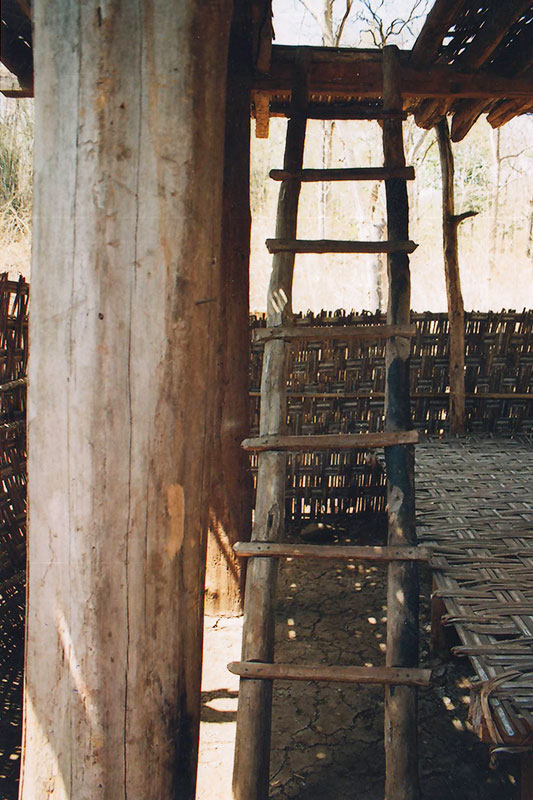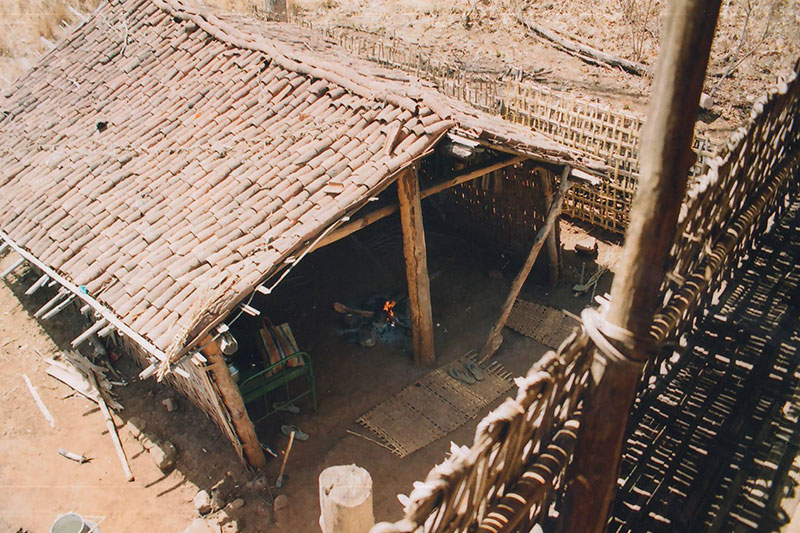
The pugmark census relies heavily on human ability to trace tiger pugmarks on soft ground, usually in and along dry nullahs, riverbeds, animal trails, forest paths and near watering holes in the peak of summer, and to get plaster casts of those pugmarks. These casts and the accompanying information sheets are then collected in a central facility where, based on the pugmark cast, area (called beat), time, direction, stride (length between two consecutive left hind pugmarks), gender etc, the tiger count is estimated. This method is now being replaced by the more reliable camera-trap method which collects images of tigers using cameras placed in select locations that capture images with the help of motion sensors and infrared sensors. Each tiger has unique stripes, like that of human fingerprints, and special software is used to scan and match the images to identify each animal.





